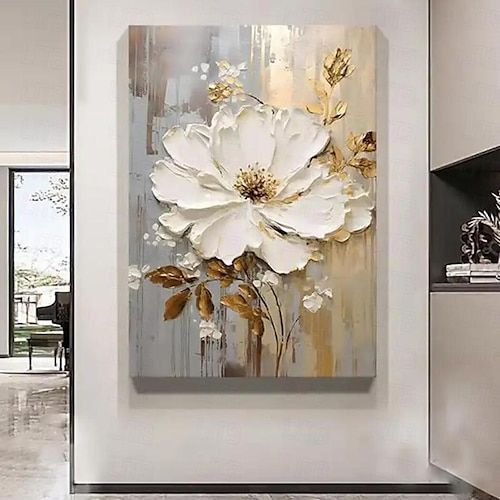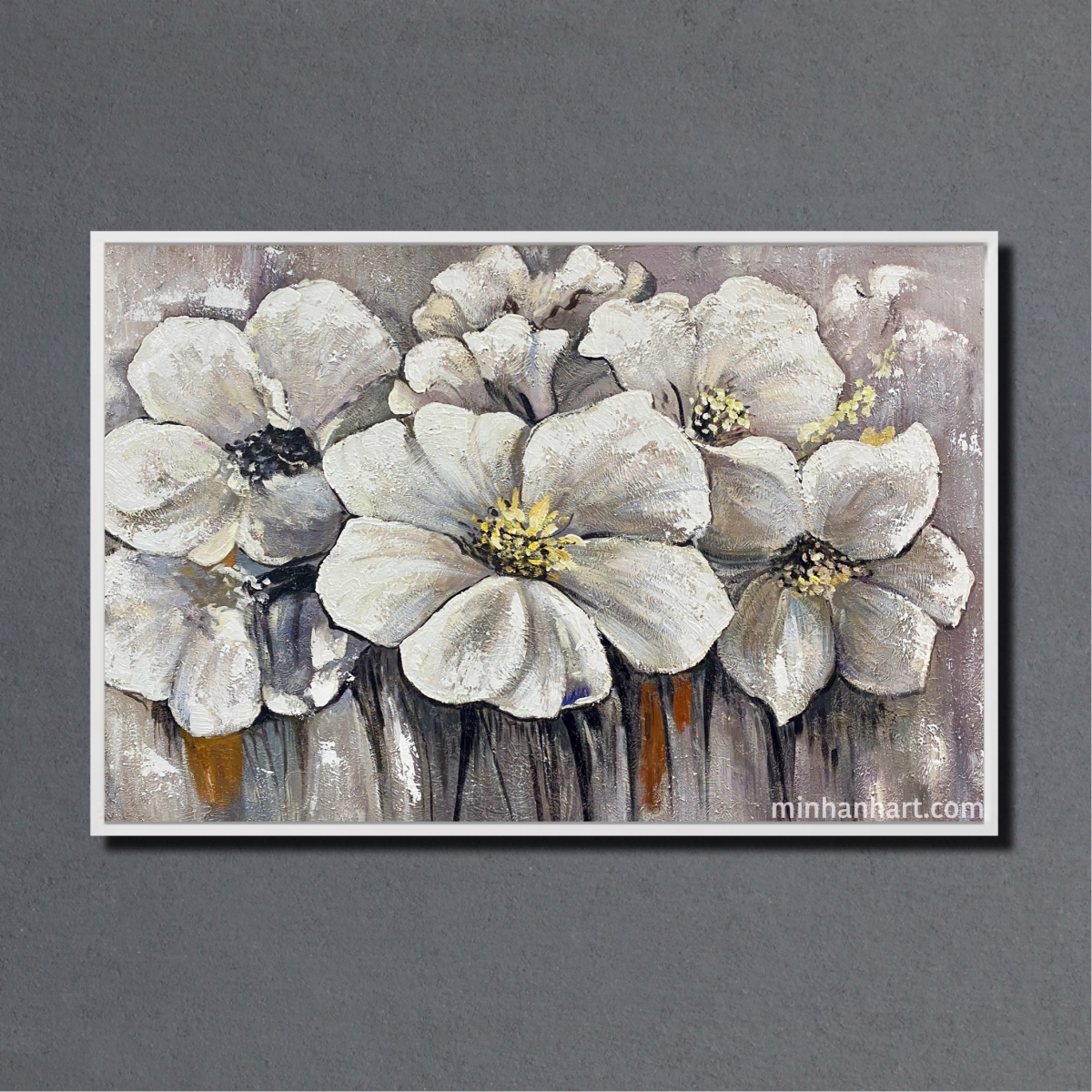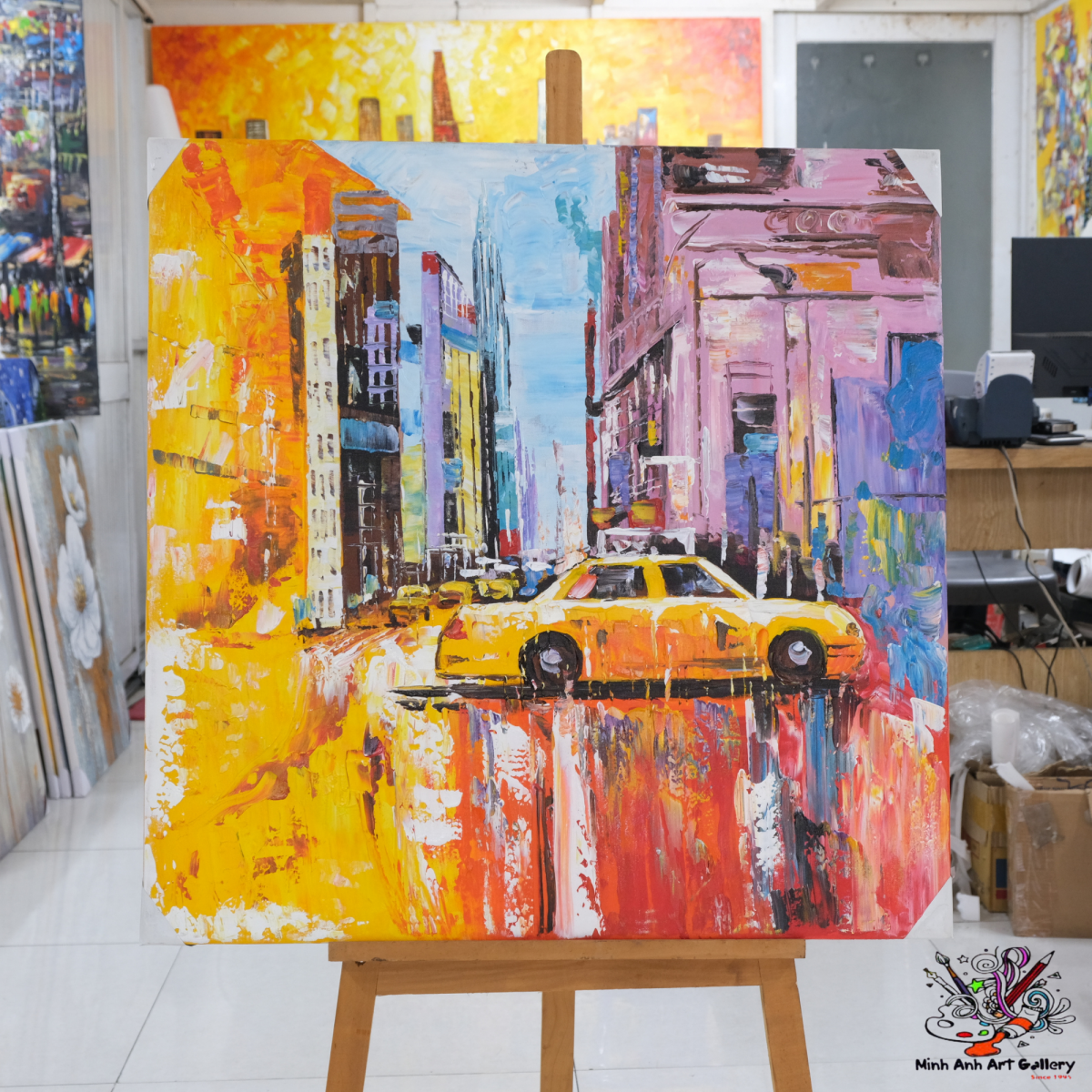Ever wonder why a collection can stop you in your tracks, make you ponder, or even change your life? From emperors to everyday art lovers, the act of collecting isn’t just about acquiring—it’s about telling a story, preserving a legacy, and making sense of the world.

A great art collection gallery isn't just walls and paintings—it's an echo of civilization. It’s the fingerprint of human emotion, thought, and invention captured over centuries.
Every brushstroke whispers a time, place, or revolution. Think of it this way—if books are the brain of culture, then curated art collections are its soul.
Long before modern museums, pharaohs and kings amassed treasures—paintings, statues, scrolls—not for the masses, but for legacy. Their private art galleries were sanctuaries of status and power.
These early "galleries" might not have had white walls and spotlighting, but they displayed genius nonetheless—from golden sarcophagi to mythic murals.
Enter the Renaissance—a time when artists were rockstars and modern art collections began shifting from private homes to more public venues.
The Medicis weren't just bankers—they were tastemakers. Their eye for genius gave us a model for the famous art collections we revere today.
Over time, art collection galleries evolved into institutions for education and inspiration. What was once exclusive became inclusive.
From the Vatican Museums to the British Museum, famous art collections now serve millions, not monarchs.

A gallery without thoughtful curation is like a symphony without a conductor. Curated art collections are purposeful and persuasive.
The best galleries don’t just exhibit—they evoke. A well-planned layout can take visitors on a journey through heartbreak, triumph, or rebellion.
Think Mona Lisa’s mysterious smile or Van Gogh’s Starry Night—art gallery exhibitions like these shaped what we believe art is.
Exhibits like "The Armory Show" of 1913 didn’t just display art—they disrupted culture and sparked revolutions.
Less is often more. Picking the right works tells a sharper story than a wall crammed with clutter.
Ever notice how two unrelated works seem to “talk” when hung side-by-side? That’s the magic of expert curation.
Private art galleries often stem from love, not profit. These collectors preserve what public institutions may overlook.
Ironically, some of the most public trends began behind closed doors—in secret salons and elite homes.
Thanks to the internet, you can now explore art collection online—no plane ticket required.
This digital shift means more artists, more voices, and more stories. No gatekeepers, just galleries.
Sure, a fine art collection can grow in value, but its real return? Legacy. Identity. Emotion carved in color.
From Da Vinci to Dali, some artworks outlive their creators—and reshape the world forever.
An art gallery collection tour isn’t just sightseeing—it’s soul-searching. You're walking through history, guided by imagination.
Great tours connect the dots between artist, canvas, and culture. It’s like hearing history’s heartbeat.
Start with your passion, not the price tag. Look for emotion, not hype. Think like a Medici, but buy like a minimalist.

From pharaohs to futurists, the urge to collect art is timeless. Let the lessons of the past inspire your journey—whether you're visiting a collection, starting your own, or curating a digital exhibit for the world to see. Because art isn’t just something to look at—it’s something to live with.
1. What makes a collection iconic?
A collection becomes iconic through thoughtful curation, historical impact, and emotional storytelling.
2. Are private art galleries open to the public?
Some are, depending on the owner’s goals. Many have limited access, while others offer select exhibitions.
3. Can anyone start an art collection?
Absolutely! Whether you're buying originals or prints, it’s all about passion and perspective.
4. How does an online collection compare to physical galleries?
Art collection online offers accessibility and variety, while physical galleries provide immersive experiences.
5. What’s the first step to building my own collection?
Start by visiting galleries, noting what moves you, and learning about the artists behind the work.
Written with passion for Minh Anh Art Gallery — 101 Bui Vien St, District 1, Ho Chi Minh City, Viet Nam.
Phone: (+84) 962 720 484 — Email: minhanhart.vn@gmail.com — https://minhanhart.vn/